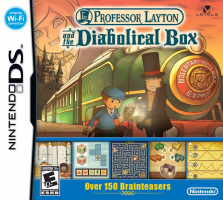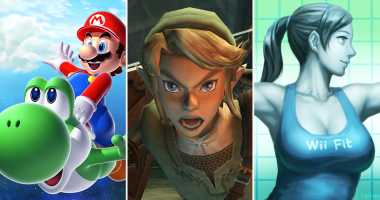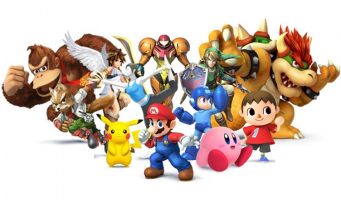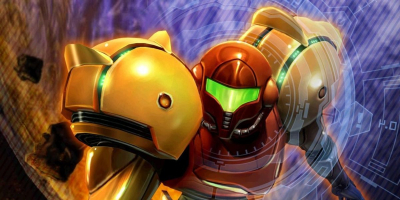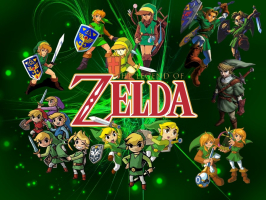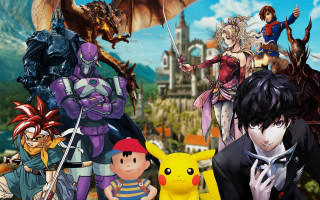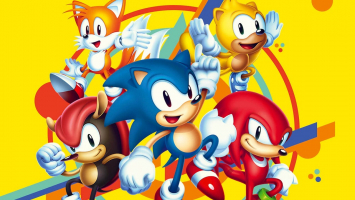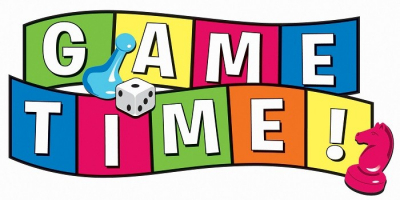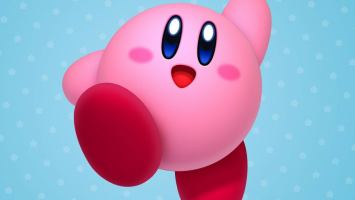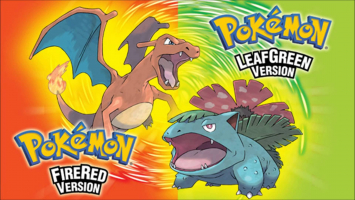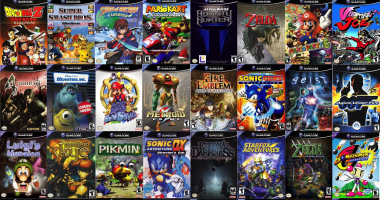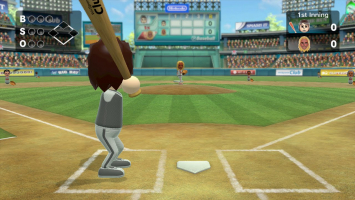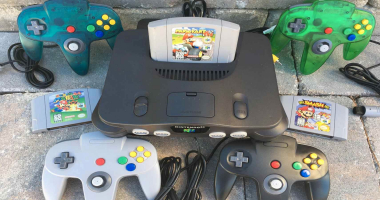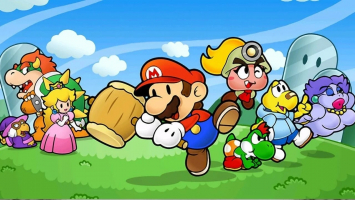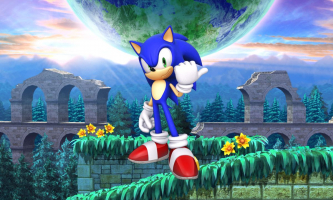Top 10 Best Nintendo Games of the 90s
3D gaming had an unparalleled debut in the 90s. Various games transformed the industry, with some notable titles even spawning new genres and subgenres in ... read more...their wake. Many of these well-known titles may now be played and enthusiastically enjoyed by a new generation of gamers from the convenience of the Switch, thanks to Nintendo's eShop and Nintendo Online services. Now, let's take a look at some of the finest Nintendo games from the 90s.
-
The Legend of Zelda: Ocarina of Time is an action-adventure game for the Nintendo 64 developed and published by Nintendo. It was launched in Japan and North America in November 1998, and the following month in PAL territories. The Legend of Zelda: Ocarina of Time is the first game in the series to include 3D visuals. It was created by Nintendo EAD, which was led by five directors, including Eiji Aonuma and Yoshiaki Koizumi, and was produced by series co-creator Shigeru Miyamoto. It was written by Kensuke Tanabe. The musical composition was composed by veteran Zelda series composer Koji Kondo. The player takes control of Link in Hyrule, a mythical realm, on a mission to stop the evil lord Ganondorf by traveling through time and navigating dungeons and an overworld.
The game pioneered elements like a target-lock system and context-sensitive buttons, which have subsequently become standard in 3D adventure games. To advance, the player must learn to perform a variety of tunes on an ocarina. The aesthetics, music, gameplay, soundtrack, and story of Ocarina of Time were hailed by reviewers and customers alike, and it garnered multiple awards and honors. It has been named the greatest video game of all time by various publications and is the highest-rated game of all time on the review aggregate Metacritic. It was a commercial triumph, selling over seven million copies worldwide.
Release date: 1998
Link to buy: amzn.to/3GrUPD2
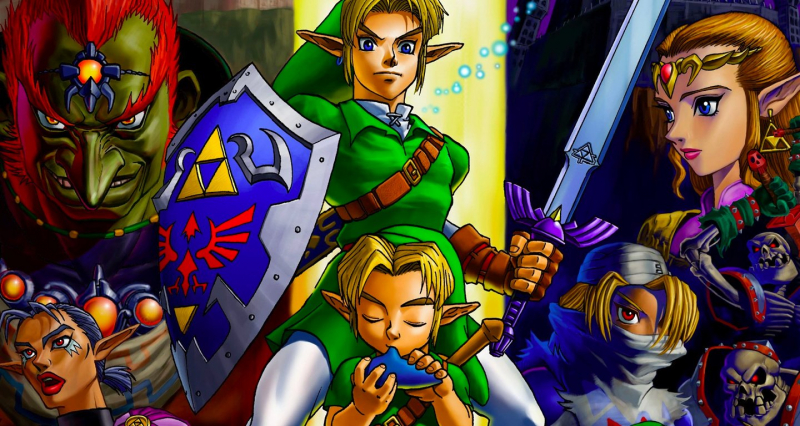
The Legend Of Zelda: Ocarina Of Time 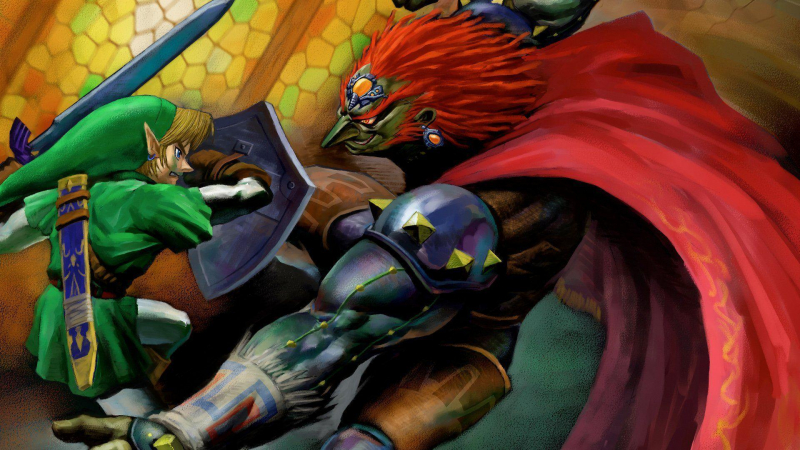
The Legend Of Zelda: Ocarina Of Time -
Super Mario 64 is a Nintendo 64 platform game released in 1996. It is the first Super Mario game to incorporate 3D gameplay, mixing typical Super Mario gameplay, graphic style, and characters in a wide-open environment. It was developed by Nintendo Entertainment Analysis and Development and released by Nintendo. Bowser, one of the primary enemies in the Super Mario franchise, invades Princess Peach's castle and hides the castle's means of defense, Power Stars, behind magical paintings in many other worlds. As Mario, the player gathers Power Stars to gain access to Princess Peach's castle and rescue Princess Peach from Bowser.
During the development of Star Fox, director Shigeru Miyamoto had an idea for a 3D Super Mario game (1993). The development process took nearly three years: one year for design and twenty months for manufacturing, beginning with the creation of the virtual camera system. The team continued by drawing the 3D character models—a relatively new endeavor at the time—and perfecting sprite motions. Yoji Inagaki recorded the game's sound effects, while Koji Kondo created the music. Super Mario 64 received a warm welcome from video game critics and audiences before its debut, particularly its promotional campaigns and appearances at the 1996 Electronic Entertainment Expo (E3). It gained critical praise at its debut and is regarded as one of the best video games of all time.
Release date: 1996
Link to buy: amzn.to/3lK5I9H
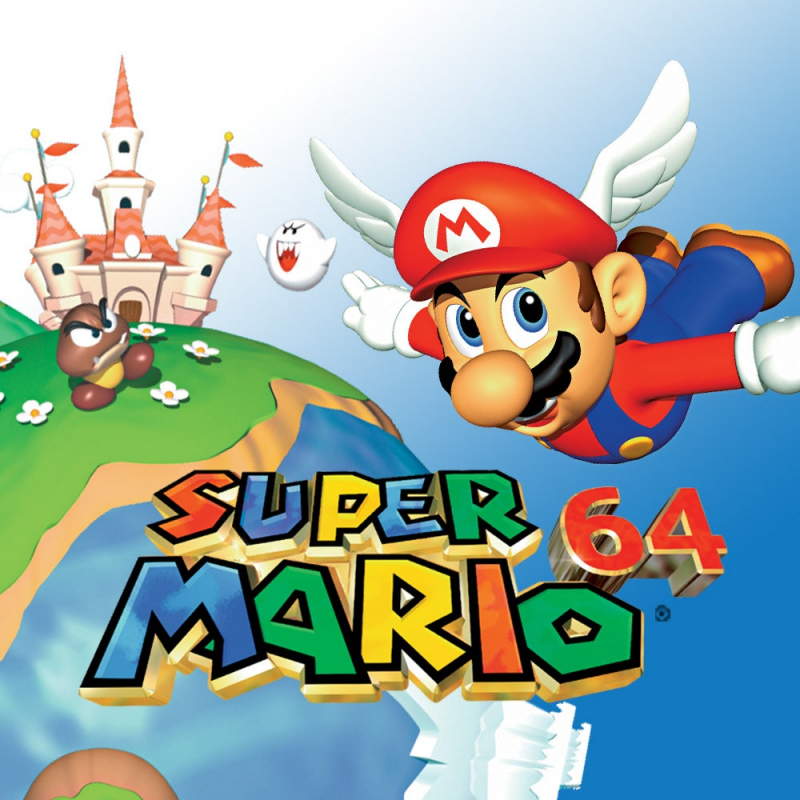
Super Mario 64 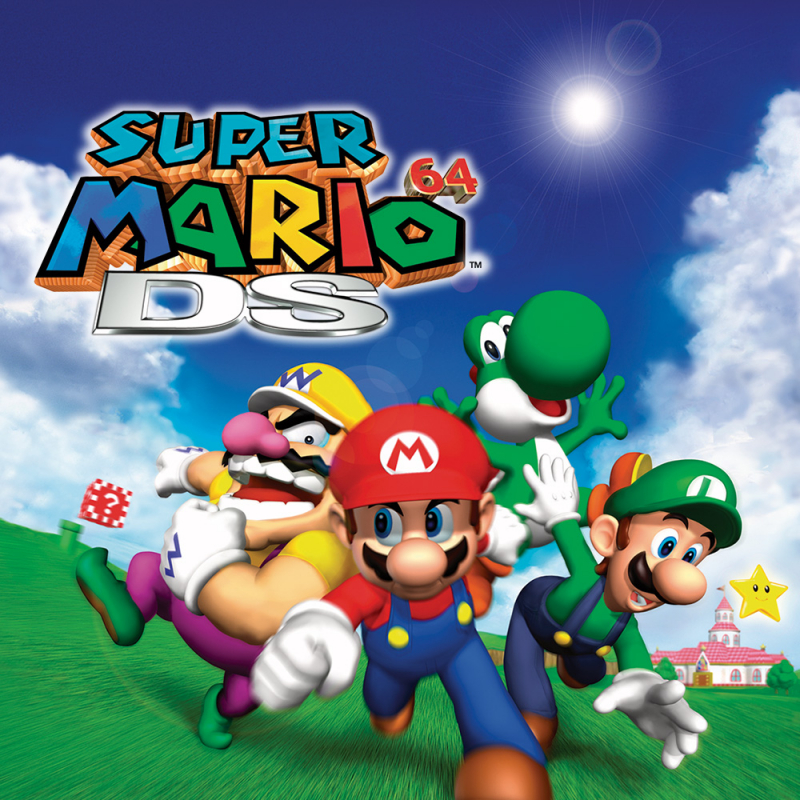
Super Mario 64 -
GoldenEye 007 is a Nintendo 64 first-person shooter developed by Rare and released by Nintendo in 1997. Based on the 1995 James Bond film GoldenEye, it features a single-player campaign in which the player controls Secret Intelligence Service agent James Bond through a series of levels in order to prevent a criminal syndicate from using a satellite weapon against London in order to cause a global financial meltdown. The game contains a multiplayer option in which up to four players may engage in split-screen deathmatch settings.
Development began in 1995, with an inexperienced team led by Martin Hollis, who had previously worked as a programmer on Killer Instinct's coin-op version. It was inspired mostly by Sega's Virtua Cop before being reworked as a free-roaming shooter. GoldenEye 007 was launched just before the release of the GoldenEye sequel Tomorrow Never Dies, after more than two and a half years of development. Despite the gaming media's low expectations, the game sold more than eight million copies, making it the third-best-selling Nintendo 64 title. The game garnered positive reviews from critics, who praised its aesthetics, gameplay complexity and variety, and multiplayer option.
Release date: 1997
Link to buy: amzn.to/3a2wcAF
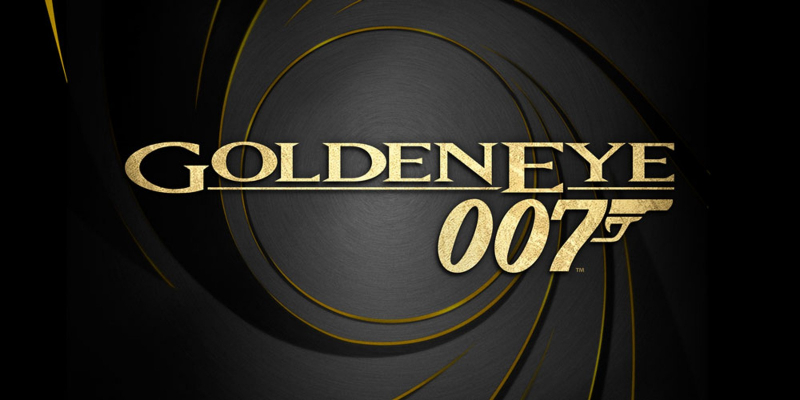
GoldenEye 007 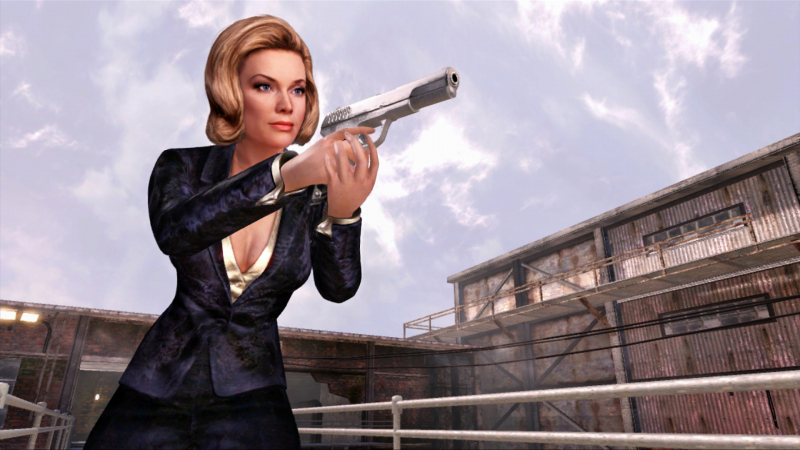
GoldenEye 007 -
Rare created the Banjo-Kazooie video game franchise. The games feature a player-controlled male bear named Banjo and his buddy, a huge female red bird named Kazooie. Banjo first appeared as a playable character in 1997, as part of the cast of Diddy Kong Racing. Throughout the games, they are entrusted with foiling the wicked plans of a witch named Gruntilda. Banjo-Kazooie was published to great acclaim in 1998, and it was followed by three sequels and a spin-off racing game.
The franchise launched on the Nintendo 64 and the following installments were released on the Game Boy Advance and Xbox 360. The three primary titles were then released as part of Rare Replay for Xbox One. The franchise has been mainly inactive since the release of Banjo-Kazooie: Nuts & Bolts in 2008, however, Banjo and Kazooie have made cameos in later crossover titles such as Sega's All-Stars Racing series and Nintendo's Super Smash Bros. series.
Release date: 1998
Link to buy: amzn.to/3sZTbTD
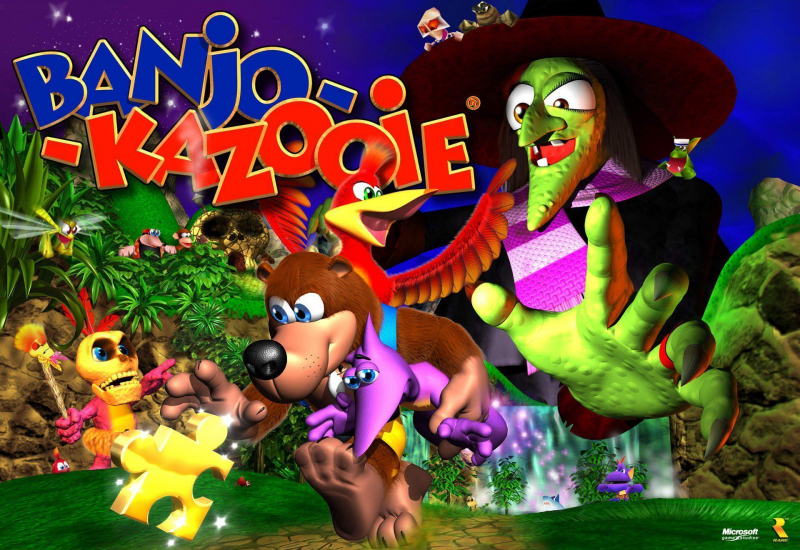
Banjo-Kazooie 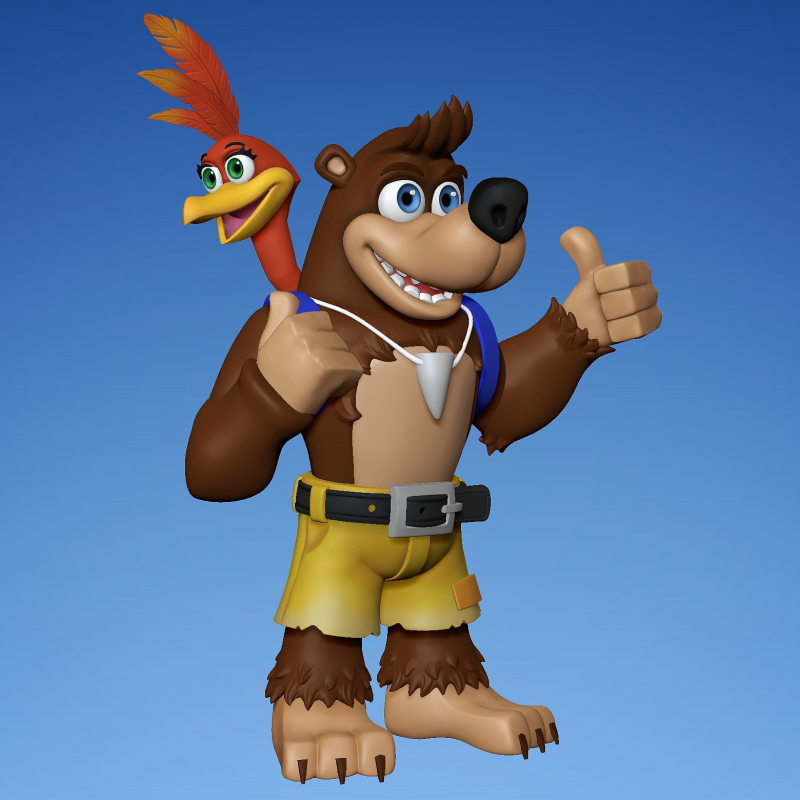
Banjo-Kazooie -
Donkey Kong 64 is a 1999 platform game for the Nintendo 64 developed by Rare and published by Nintendo. It is the first three-dimensional game in the Donkey Kong series. The player, as the gorilla Donkey Kong, traverses themed levels in order to acquire treasures and rescue his abducted companions from King K. Rool. To earn bananas and other prizes, the player must perform minigames and puzzles as one of five playable Kong characters, each with their own particular skills. Up to four players can engage in deathmatch and last man standing games in a separate multiplayer mode.
Donkey Kong 64 earned widespread praise and was Nintendo's best-selling game during the 1999 Christmas season, selling 2.3 million sales through 2004. It received the 1999 E3 Game Critics Award for Best Platform Game, as well as several magazine prizes and nominations. The unusual size and duration were commended by reviewers, but the camera controls and emphasis on object gathering and backtracking were panned. Some compared it to Rare's 1998 predecessor, Banjo-Kazooie, citing similarities in gameplay and aesthetics (1998). Critics stated it didn't have the groundbreaking effect of Donkey Kong Country, but it was still one of the greatest 3D platform games on the Nintendo 64.
Release date: 1999
Link to buy: amzn.to/3wPDqkb
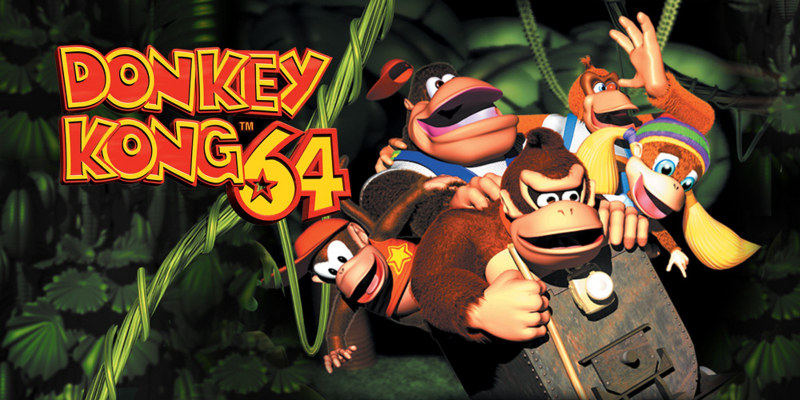
Donkey Kong 64 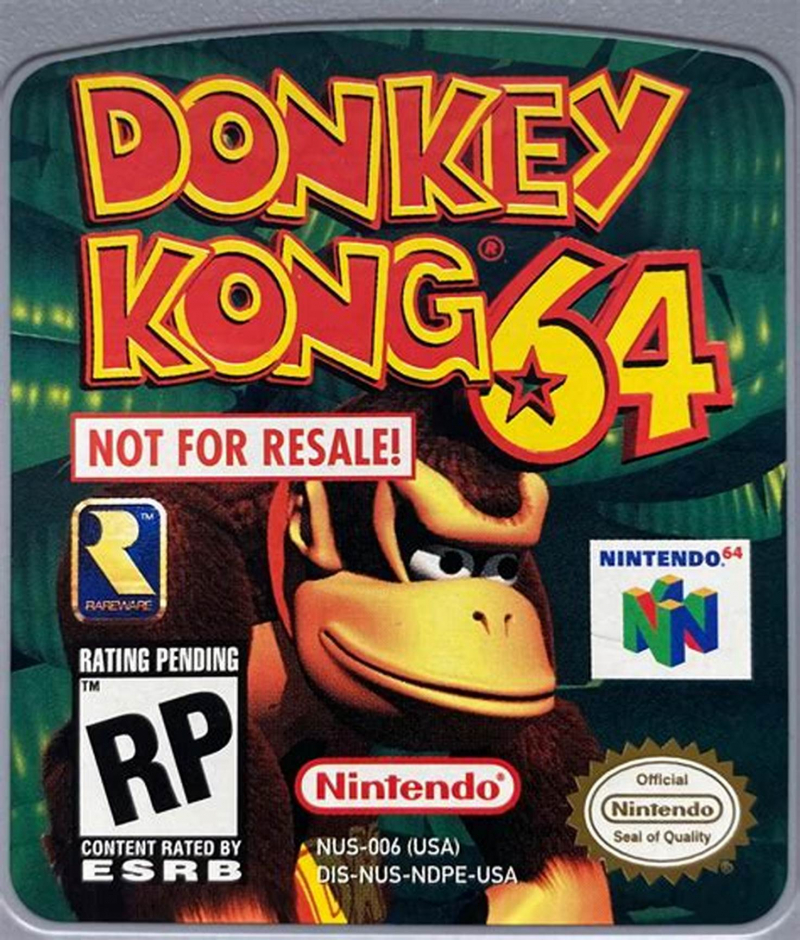
Donkey Kong 64 -
Mario Kart 64 is a kart racing video game for the Nintendo 64 that was developed by Nintendo EAD and published by Nintendo. The game is the sequel to Super Mario Kart for the Super Nintendo Entertainment System and the second main entry in the Mario Kart series. The game was initially published on December 14, 1996, in Japan, February 10, 1997, in North America, and June 24, 1997, in the United Kingdom. Later, in 2007, 2016, and 2021, it was published as a Virtual Console game for the Wii, Wii U, and the Nintendo Switch Online + Expansion Pack service.
Changes from the original include the transition to polygon-based full 3D computer graphics for track creation, as well as the addition of four-player functionality. Players control characters from the Mario franchise as they race through several circuits equipped with gadgets that can either injure or help the user. The transition to three-dimensional graphics enabled course elements such as elevation changes, bridges, barriers, and pits that were not feasible with the original game's Mode 7 visuals. Characters and things, on the other hand, remain 2D pre-rendered sprites. The game was financially successful and was well appreciated for the enjoyment and replay value of its multiplayer features, however, some reviews considered it a letdown after Super Mario Kart.
Release date: 1996
Link to buy: amzn.to/3lK5I9H
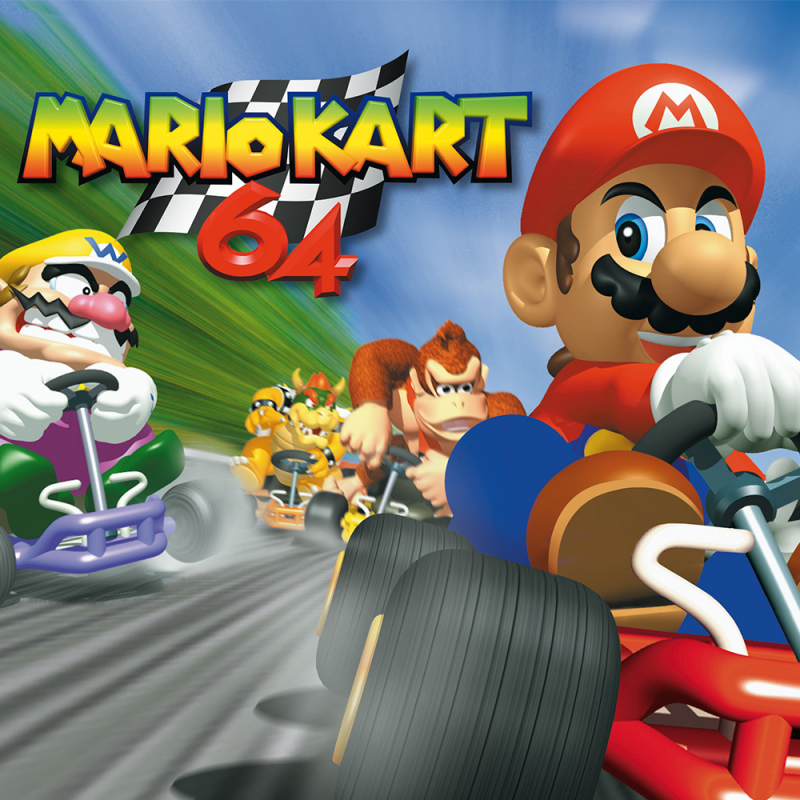
Mario Kart 64 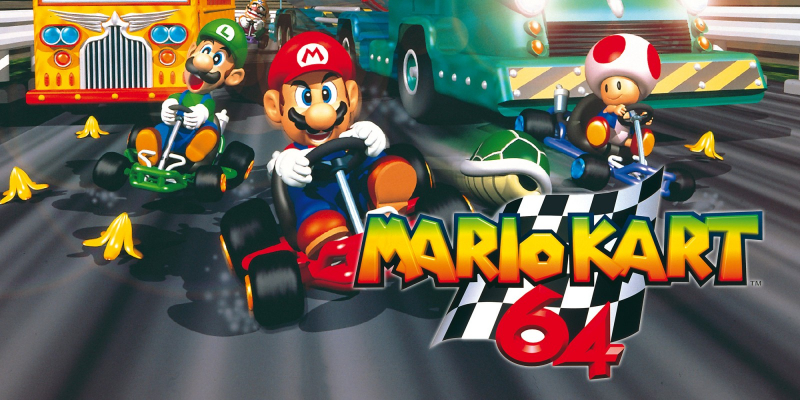
Mario Kart 64 -
Rayman 2: The Great Escape is a platform video game released in 1999 by Ubi Soft for the Nintendo 64, Microsoft Windows, Sega Dreamcast, and Sony PlayStation. It was developed by Ubi Pictures and published by Ubi Soft. Ubi Soft Annecy created an improved version dubbed Rayman Revolution (Rayman 2: Revolution in North America) for the PlayStation 2. Ubi Soft Milan created an alternate version for the Game Boy Color called Rayman 2 Forever. Rayman, the protagonist of the game, is charged with protecting the fantasy country of the Fairy Glade from an army of robotic pirates headed by Admiral Razorbeard. Rayman 2 received critical accolades for its gameplay, aesthetics, and ease of use.
The game is played in the third person, and the player has control over the camera, however, this ability is limited to particular perspectives in some scenarios. Several times throughout the game, the player loses control during cut scenes, which often depict character speech. The player gets additional knowledge about the game environment and its backstory by collecting lums (small bodies or shards of magical energy), which may be read by standing still and pressing a certain button for some time. Some backstory is also learned via (optional) instructions from Murphy, a "flying encyclopedia" who explains various gameplay concepts.
Release date: 1999
Link to buy: amzn.to/38T7diT
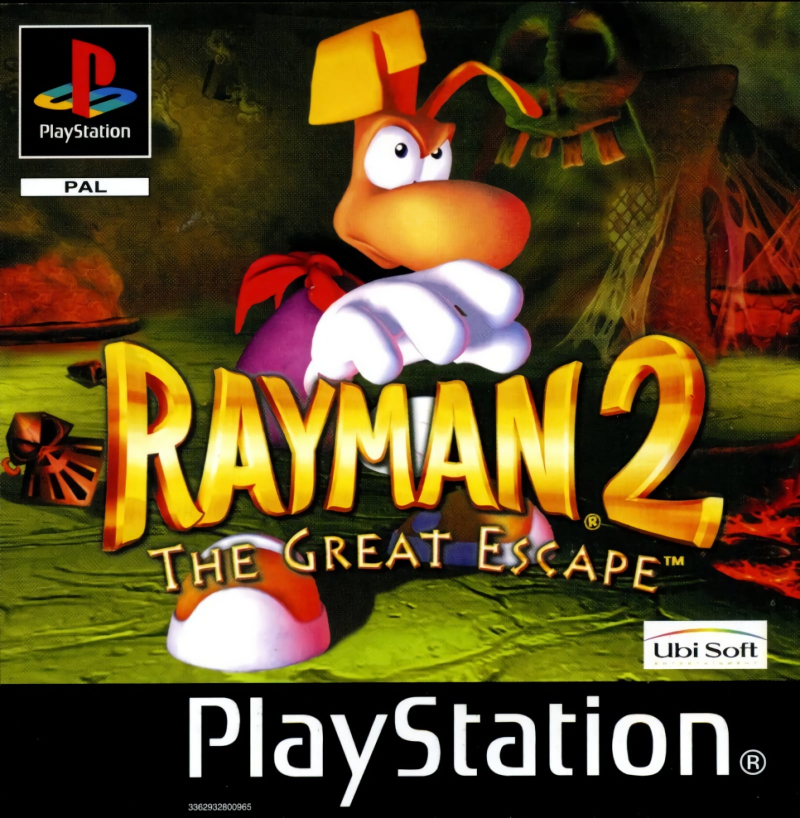
Rayman 2: The Great Escape 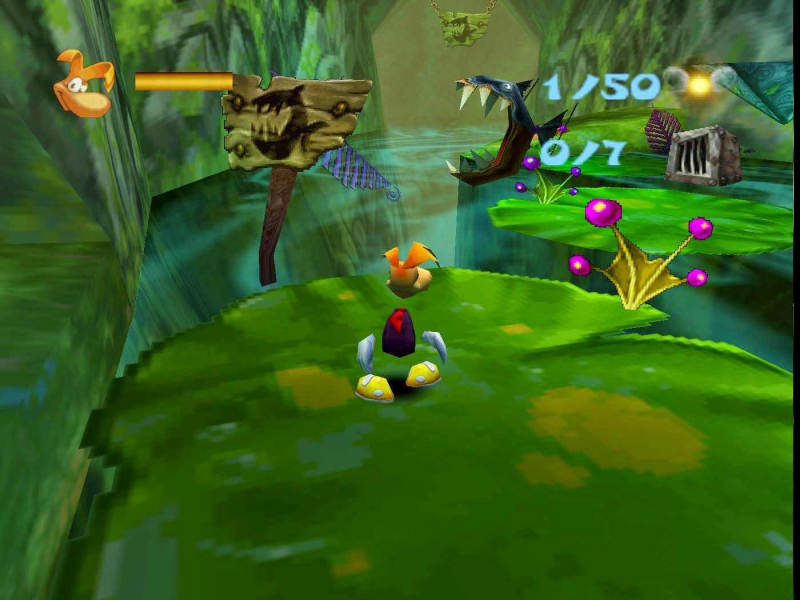
Rayman 2: The Great Escape -
Pokémon Snap is a 1999 Nintendo 64 first-person photography game featuring rail shooter gameplay elements created by HAL Laboratory and distributed by Nintendo. It was originally published in Japan in March 1999, followed by North America in July 1999 and PAL areas in September 2000. It is a spin-off game in the Pokémon franchise, and it was one of the first console-based games for it, containing several Pokémon rendered in real-time 3D for the first time. The game was re-released in December 2007 for the Wii Virtual Console and in 2016 for the Wii U Virtual Console.
Nintendo actively marketed its release, including advertisements in over 86,000 hotels and sweepstakes to send the winner to Australia. By the end of 1999, Pokémon Snap had sold 1.5 million copies and was a popular rental title. It received largely excellent reviews from critics, who labeled it as "addictive" by IGN and Boys' Life and "creative" by Electric Playground. It's also been likened to other video games involving photography, including Afrika, Dead Rising, and Beyond Good and Evil. It has also served as a remarkable example of video games using photography.
Release date: 1999
View Details: nintendo.com/games/detail/new-pokemon-snap-switch/
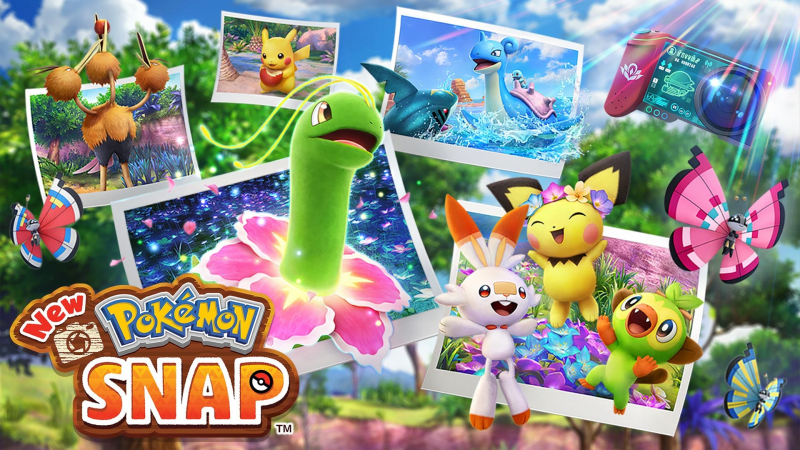
Pokémon Snap 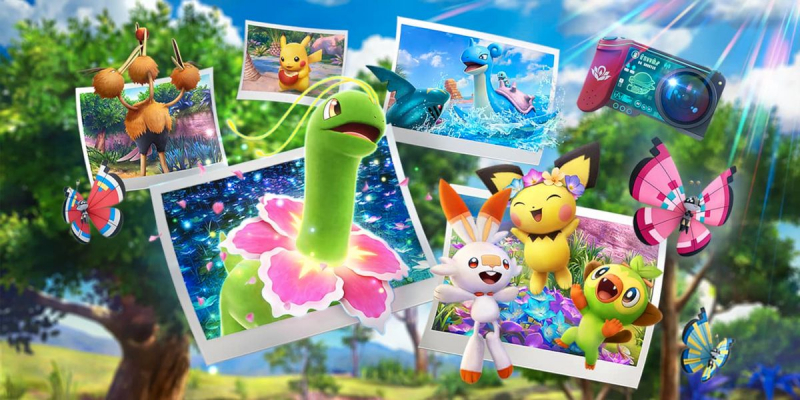
Pokémon Snap -
Diddy Kong Racing is a Nintendo 64 racing video game developed and released by Rare in 1997. The game takes place on Timber's Island and follows Diddy Kong and his buddies as they strive to beat the cosmic nemesis, a wizarding pig named Wizpig, by winning a series of races. Throughout the game, the player can take control of any of the major characters. Diddy Kong Racing has five worlds each with four racetracks and the option to drive a vehicle, hovercraft, or fly aviation.
In its early phases, development began with the publication of Killer Instinct 2 which was meant to be a real-time strategy game called the Wild Cartoon Kingdom. As time passed, the focus of development evolved from a racing game inspired by Walt Disney World to a one-of-a-kind product called Pro-Am 64, in which Nintendo had no role. Due to the difficulties with Banjo-Kazooie, Rare believed that they needed a stronger intellectual property to reach a bigger audience for a game intended to release before Christmas 1997, therefore they decided to build a game around Diddy Kong.
Release date: 1997
Link to buy: amzn.to/3lK3as6
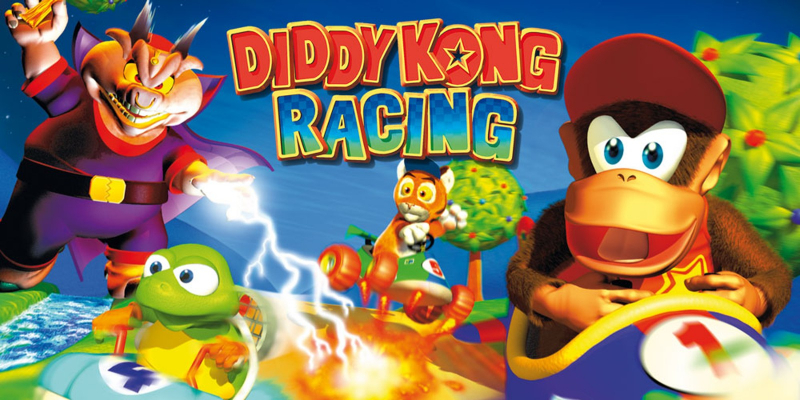
Diddy Kong Racing 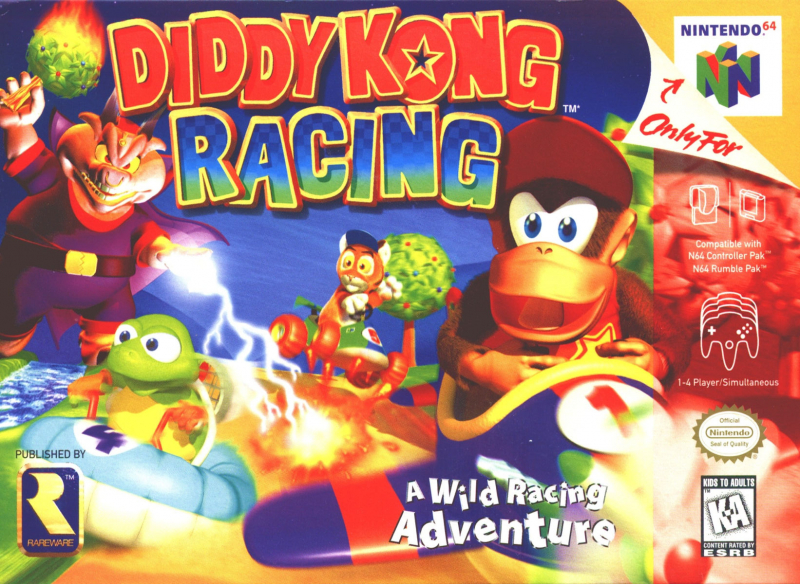
Diddy Kong Racing -
EarthBound, known in Japan as Mother 2: Ggu no Gyakush, is a role-playing video game for the Super Nintendo Entertainment System developed by Ape Inc. and HAL Laboratory and published by Nintendo. It was launched in Japan in August 1994, and in North America in June 1995, as the second installment in the Mother series. The player explores the universe as Ness and his crew of four, Paula, Jeff, and Poo, collect tunes from eight Sanctuaries in order to fight the global cosmic destroyer Giygas.
EarthBound went through a five-year development phase. Returning from Mother (1989) were writer/director Shigesato Itoi and chief programmer Satoru Iwata, as well as composers Keiichi Suzuki and Hirokazu Tanaka, who included a variety of styles in the music, including salsa, reggae, and dub. Most of the other crew members had not worked on the original Mother, and the game was threatened with cancellation several times until Iwata joined the project. The game was supposed to be released in January 1993, but it wasn't finished until about May 1994.
Although it was well regarded by Japanese audiences, EarthBound performed badly in the United States. Journalists blamed it on a mix of simplistic visuals, a sarcastic marketing strategy, and a lack of market interest in the genre. In the years thereafter, a strong fan group has sprung up to lobby for the series' recognition, notably when Ness became a playable character in the Super Smash Bros. series.
Platforms: Super Nintendo Entertainment System, Game Boy Advance
View Details: tinyurl.com/2kjfp9xe
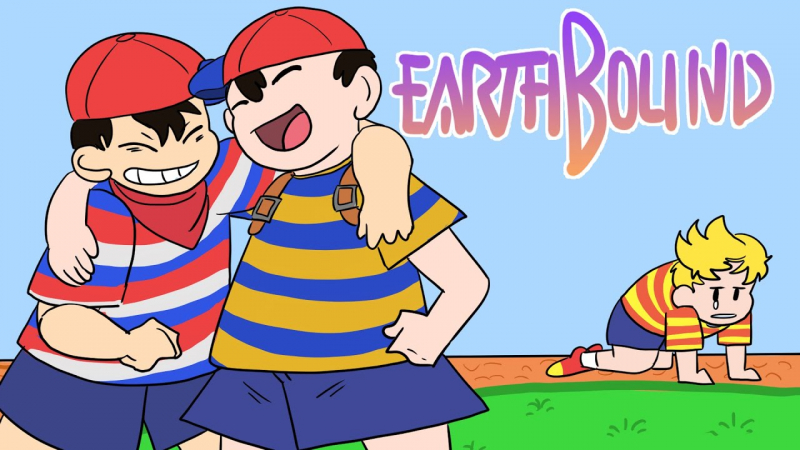
EarthBound 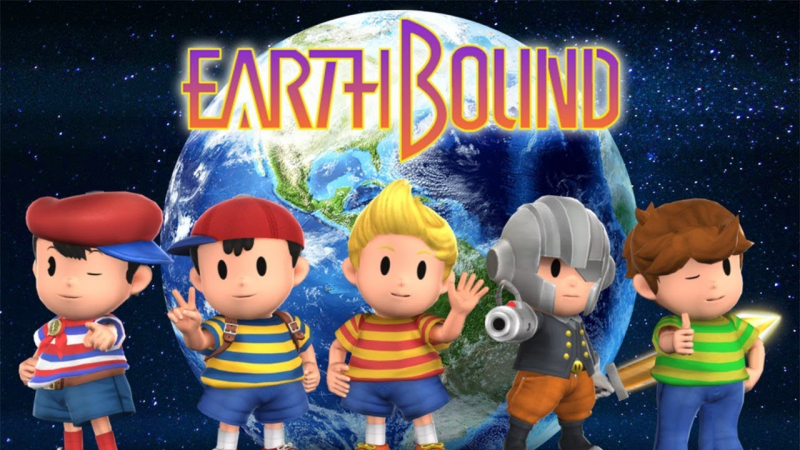
EarthBound












